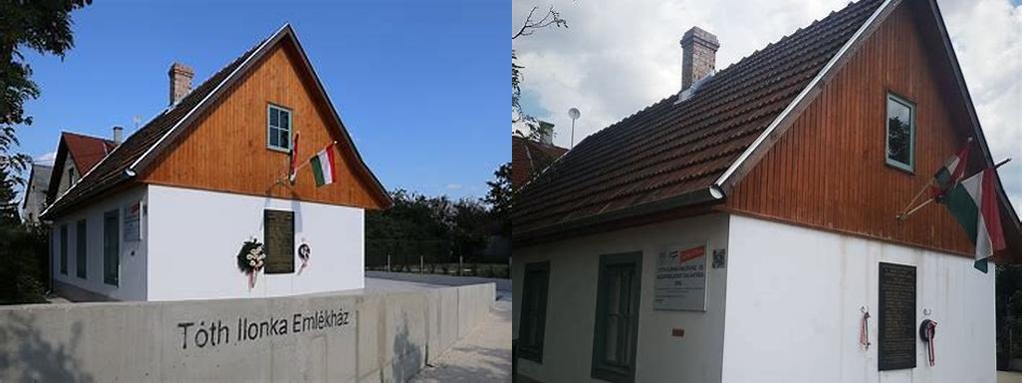
Tóth Ilonka Emlékház is one of those places that quietly beckons you to pause your fast-paced journey and reflect. Sitting slightly off the usual tourist circuits in Budapest’s XXII district—Budafok, this humble house-turned-memorial whispers stories of the fervor, hope, loss, and resilience that marked Hungary’s history during the 1956 Revolution. And at the center of this narrative is the remarkable figure of Ilonka Tóth, whose life and tragic fate you might not find in mainstream guidebooks, but whose bravery is deeply etched into the national memory.
Arriving at the Memorial House, you’re immediately struck by its ordinary appearance; it’s neither grand nor ornate. That’s precisely the point. The modesty of the setting mirrors the remarkable humility and steadfastness of Ilonka Tóth herself. Born in Budapest in 1932, Ilonka was a medical student with a heart deeply attuned to the ideals of freedom and justice. During the short-lived uprising of October 1956, she volunteered as a nurse, treating not only wounded revolutionaries but also captured soldiers from the other side—an act of humanity in the midst of chaos. It’s this room, these walls, and the objects preserved inside that carry echoes of whispered encouragements, hurried medical procedures, and impossible choices made during desperate times.
A stroll through the rooms of the Emlékház is like slipping through slices of lived history. The exhibition doesn’t attempt to dazzle with digital displays or specialized lighting; instead, you’ll find photographs yellowed with time, personal letters, modest belongings, and a haunting replica of Ilonka’s prison cell. There’s something profoundly moving about staring at her handwritten notes or the neatly folded nurse’s uniform—reminders of a woman who, at only twenty-four, became a symbol of youthful courage crushed by state power. After the collapse of the Revolution, Ilonka was falsely accused and, following a hasty, closed trial, executed in December 1957. Her grave remained unmarked for decades, a cruel attempt to erase her memory. But stepping into the Memorial House, you realize that neither her ideals nor her sacrifice could be silenced forever.
The location itself has its quiet charms. The Memorial House is nestled amidst shaded streets, lined with family homes and small gardens. Visiting here feels unlike the experience of Budapest’s typical tourist hotspots. You won’t be jostling through crowds or following umbrellas held aloft by hurried guides. Instead, there’s a sense of encounter—between you, the past, and the enduring human questions it raises. Why do ordinary people find themselves at the heart of extraordinary events? What compels someone like Ilonka Tóth to stand her ground in the face of injustice? As you linger near her simple memorial, it’s impossible not to ponder what you would do placed in such circumstances.
What makes the Tóth Ilonka Emlékház especially poignant is how it straddles the boundary between a personal home and a public shrine. Visitors range from those who come searching for family connections, students studying the Revolution, to casual explorers drawn by curiosity. The museum staff are often volunteers or historians passionately invested in keeping this story alive; don’t hesitate to strike up a conversation—they’re always eager to share details or reflections that aren’t written on the placards.
If you wish to add more than just another “sight” to your Budapest itinerary, and are inclined to explore the intricate layers of Hungary’s 20th-century history, the Tóth Ilonka Emlékház offers a uniquely meditative, deeply affecting experience. Here, you’re confronted not by grandeur, but by the reality of choices made in times of moral crisis. In a city filled with ornate monuments and grand boulevards, this unassuming house quietly asserts that sometimes, true heroism is hidden in plain sight.





